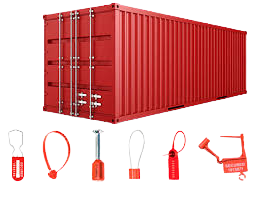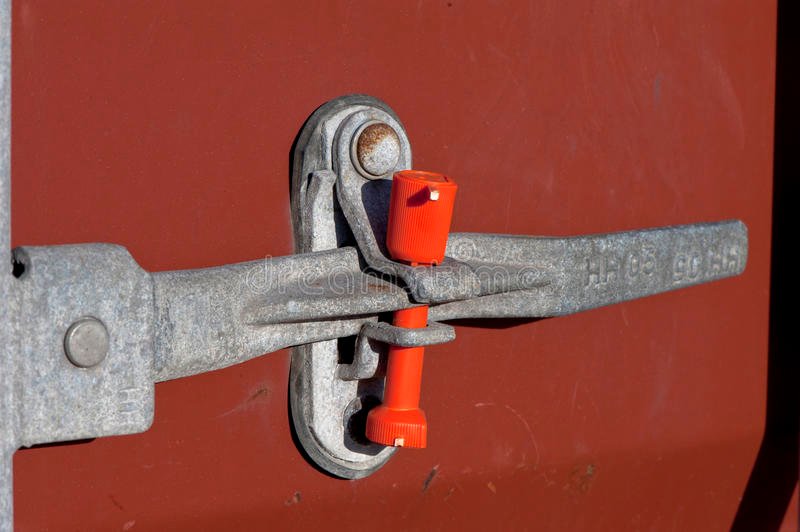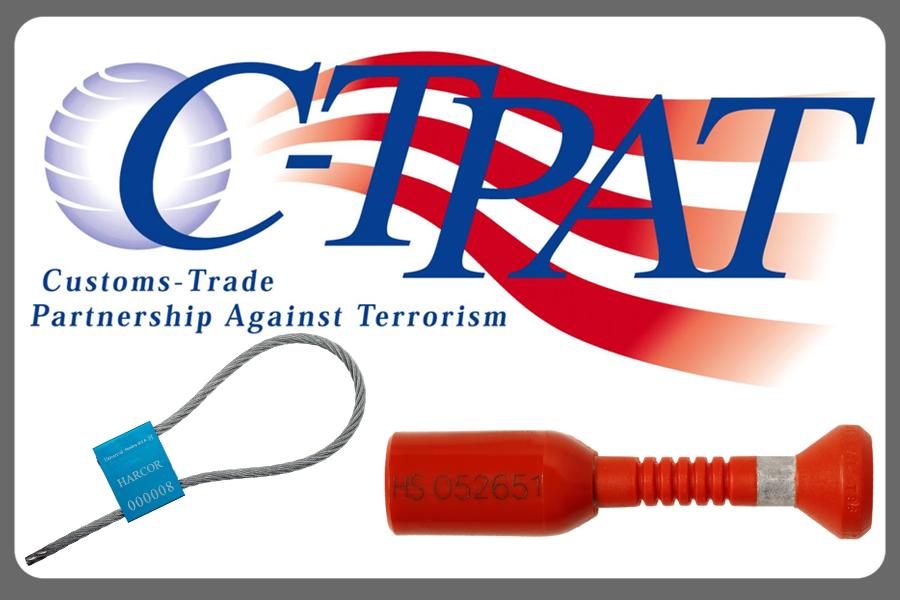Introduction to C TPAT Certified Security Seals
In the modern world, all products must meet globally accepted standards for customers to trust them in the market. The United States, in particular, takes standardization very seriously and has put stringent measures in place to ensure that all products comply with this. For this reason, vendors, suppliers, and service providers to the United States are inclined to comply with supply chain security policies.
The International Organization for Standardization (ISO) is in charge of ensuring all products meet particular criteria. Security seals are arguably the most scrutinized products when it comes to ISO compliance in the United States. Authorities in the US demand that all containers bound for the country must have a security seal affixed to them. Thus, all seals used when transporting goods to the US must be thoroughly scrutinized.
The Customs-Trade Partnership Against Terrorism (C-TPAT) is in charge of strengthening international supply chains and improving US border security.
It is one layer of the American Customs and Border Protection (CBP) and was put in place as a cargo enforcement strategy after the tragic incident of September eleventh.
Hence, all companies such as Secur-T that manufacture security seals must meet the current ISO 17712 standards specified by C-TPAT.
Why C-TPAT Certified Security Seals
 When shipping goods internationally, the CBP demands that all containers have a security seal that meets ISO 17712 standards. The ISO 17712 is a document that establishes uniform procedures for the acceptance, classification, and withdrawal of freight security seals.
When shipping goods internationally, the CBP demands that all containers have a security seal that meets ISO 17712 standards. The ISO 17712 is a document that establishes uniform procedures for the acceptance, classification, and withdrawal of freight security seals.
Therefore, all C-TPAT certified seals are simply those that comply with these set standards. C-TPAT uses three main categories to ascertain whether a particular security seal is internationally accepted. To provide a scope of how this, here are the factors used when certifying security seals.
Mechanical Testing for Measuring Physical Strength
According to ISO standards, security seals can fall into three main categories, Indicative (I), Security (S), and High Security (H). C-TPAT seals are required to be of the H class or High Security. Manufacturers must use third-party laboratories to determine the physical capabilities of their seals before they can be certified.
Countless independent organizations can carry out this type of test. Even so, the testing facilities used to ascertain the strength of security seals must also be ISO 17025 accredited for the test to be valid. Only High-Security seals are C-TPAT compliant and are usable in the international freight market.
Tamper Evidence Features
All C-TPAT certified seals must also have a way of indicating tampering. For this reason, manufacturers of High-Security seals must have a documented and audited process to test whether their High-Security seals have satisfactory tamper evidence.
Having a way of telling whether someone has compromised a security seal goes a long way in improving cargo security and preventing heinous terror attacks. Moreover, attempts to tamper with the seal can aid in bringing culprits to book.
All manufacturers must present their seals for testing in an accredited facility to determine whether their tamper evidence is satisfactory.

Auditing of Security-Related Manufacturing Processes
While C-TPAT seeks to ensure that all security seals meet a specific standard, poor manufacturing practices can undercut their objective. Therefore, all security seal manufacturers are obligated to operate under a few requirements.
Compliant manufacturers must seek certification from an independent provider that is credited to audit compliance by the ISO. Doing this helps root out unwanted manufacturing procedures that compromise the integrity of the security seals.
The ISO has outlined over 20 required practices that range from assessing risk management in production areas to examining storage facilities. These processes help ensure the production of high-quality security seals that are without fault.
Final Thoughts
The rapid growth of international shipping demands more stringent measures to avoid compromising the senders and receivers of goods. When looking for a security seal to secure your cargo, ensure that the products you choose are C-TPAT compliant. This article can help shed light on the fundamentals of C-TPAT certified security seals.

